Articles for Physicians - Articles by Doctors › Case Reports › Causes and Treatment of Stress
Causes & Treatment of Stress
by
Professor SAMMY GOUTI
Each one of us needs a certain in level of stress to be able to carry out and perform our regular and daily routine tasks. As a matter of fact, without a certain level of stress -an optimal and healthy level -- it would be impossible for people to work, live, or engage in any activities. Therefore, a healthy amount of stress is a definite need for human life.
Stress has been identified historically as a biologically-inherited trait, which is more commonly known as the automatic fight (i.e., counteracting the stressor or stressful situation), or flight (escaping from the stress-inducing object, situation or event) mechanism utilized in responding to the various stressors in our natural environment.
However, in non-optimal and unhealthy levels, stress can become maladaptive and even correlated with physical and psychological illnesses that lack clearly-defined medical reasons. It is the maladaptive level of stress that requires our attention due to its high frequency among clients and patients with reported complaints of stress-related symptoms and illnesses.
The question is, however, "what are the various components of stress, as recognized by clinicians and therapists who treat stress and its symptoms?" To answer this question, we should first look at the different sources of stress and how each component contributes to the maintenance of maladaptive stress level. One very important aspect is the psychological component of stress.
The Psychological Approach
This article is concerned first of all with the psychological aspect of stress and its treatment. From the psychological perspective, stress can be positive -- commonly known as Ustress -- such as getting married, getting a promotion, receiving an award, or any other positive event in one's life, or stress can be negative, such as death of a relative or a loved one, loss of a job, divorce, or any other adverse event in one's life. Stress can occur at different levels -- emotional (feelings), cognitive (thoughts and mental processes), physiological (biological and biochemical processes), and behavioral (conditioned, learned behaviors and responses). Stress can be produced as a result of a cognitive appraisal of a situation. A situation or a person may be perceived as stressful or stress-inducing. Although there may not be anything inherently stressful about the object, person, and/or situation, the cognitive perception itself of this object, person, and/or situation may trigger stress and stress-related behaviors and symptoms.
Stress has been associated with psychosomatic illnesses and physiological illnesses which are psychologically-based. The Diagnostic and Statistical Manual, Revised (DSM-IV-R), published by the American Psychiatric Association classifies these disorders as psychiatric in nature.
Clinical psychologists, psychiatrists, and other medical doctors have been treating stress and stress symptoms quite differently utilizing different approaches. Traditionally, psychologists (specifically, clinical/counseling psychologists) have been treating stress by attempting to understand the "causal" factors behind stress. They tend to examine cognitive, physiological, psychological, behavioral, environmental, and personality factors and how each contributes to the level at which every individual experiences stress. In psychological terms, stress can be behaviorally learned, and that is, an individual has maladaptively learned to cope poorly with stress and stressful situations. The environment itself may be behaviorally reinforcing (either positively or negatively) in decreasing, increasing, or maintaining the level of stress.
Psychologists, therefore, recognize one's environment as a major source of stress and its symptomatology. Psychologists also recognize cognition as another source for producing stress. The word cognition refers to one's perceptions, thoughts, and interpretations of a situation, event, object, or person. If any or all of these is (are) perceived as stressful, the individual may tend to react in a negative manner, that is, misinterpret, misperceive, and/or "exaggerate" the inherent nature of stress. "Nothing is inherently bad (stressful), but only thinking makes it so," is the popular quoted statement which clearly supports the strong cognitive component of stress. Other approaches to stress recognize physiology as one of the major contributors to stress. The biological (physiological) component of stress assesses that some individuals may be more vulnerable to stress than others are.
Traditionally, stress is assessed through testing and evaluative procedures. For example, the SARS (Social Adjustment Rating Scale, developed by Dr. Thomas Holmes, 1976) is given to subjects as an assessment tool. The SARS measures adaptivity to stressful events within the past year. The total score on the SARS reflects a certain level of maladaptivity (lack of effective coping strategies). Usually higher scores on the SARS (e.g., above 300) indicate a higher level of maladaptive stress, and consequently a higher level of vulnerability to physical illness and poor health. Preventive measures to maintain good health and to prevent illness become very necessary components of tackling maladaptive stress. Other psychological instruments view maladapative stress as a by-product of depression, anxiety, or other psychological disorders.
Psychologists and psychiatrists, as well as some physicians have been treating stress and its symptoms, sometimes with similar approaches and at times quite differently, depending on the individual case, the doctor's or therapist's approach to treatment, and on what is believed to be the causal factors for stress. Although treating stress is quite possible, curing it may not be at all. Actually, most psychological disorders or disorders that are psychologically-based may not be cured. Thus, we are speaking here of treatment and not cure.
From the above, we can conclude that psychologists have been treating stress by attempting to understand the "causal" and "correlated" factors associated with maladaptive stress. They tend to examine cognitive, physiological, behavioral, environmental, and personality factors, and how each factor contributes to the level at which every individual experiences stress. In psychological terms, stress can be behaviorally learned. That is, an individual has maladaptively learned to cope poorly with stress and stressful situations. A person's surrounding environment may be behaviorally reinforcing (either positively or negatively) to the increase, decrease, or maintenance of the level of stress.
Treatment of stress has been focusing on treatment of related psychological disorders such as depression, anxiety, and post-traumatic stress disorders. Stress-reduction self-help techniques have focused primarily on using methods such as progressive relaxation techniques, tension-release methods, meditation, yoga, computer-based or computer-assisted psychotherapy, biofeedback, breathing exercises, time management, nutrition, regular exercise, and educational methods (e.g., self-awareness/body awareness).
The Psychiatric Approach:
Traditionally, psychiatrists view stress mostly from a physiological and biological perspective, or what's commonly known as the medical model of disease. Stress can be the product of chemical/biochemical changes in the body, or can occur as a result of genetically-based reasons (such as chromosomal deficiency, mutation, or dominant genes with poor coping mechanisms). Although they tend to give recognition to psychologically-based factors, the majority of psychiatric and medical treatments tend to focus mostly on the organic model of disease, by prescribing drugs and medications to decrease the level of stress, without necessarily disregarding the presence of related disorders (such as depression and anxiety) which can be correlated with stress and its symptoms (and in some cases may be causally related to stress and its symptoms). Anti-depressant and anti-anxiety medications, and other psychotropic medications prescribed by psychiatrists and physicians, tend to reduce stress symptoms as part of the intended treatment of other underlying psychological disorders (e.g., depression and anxiety). However, although the symptoms may be reduced, an individual may continue to behave in a stressfully-coping manner to a situation, object, other person, etc. due to the presence of various stress-inducing stimuli in his or her environment. The focus should then be more toward reduction of symptoms and continual learning of new and effective coping strategies.
The Multidimensional Approach:
Clinicians and therapists should be utilizing an eclectic approach, choosing the best or most appropriate treatment methods for each individual case, or selecting a combination of two or three approaches for treatment of stress, in other cases.
A multidimensional or multidisciplinary approach among psychology and psychiatry (medicine) should be utilized in the treatment of stress and stress symptoms. I believe that the multidimensional approach of incorporating psychology and psychiatry is undoubtedly the most effective approach of treating maladaptive stress (particularly moderate to severe levels). Not only does it decrease the levels of stress and its symptoms, but it also enhances the effectiveness of treatment itself. However, it is necessary to state that not every client or patient will need psychological and psychiatric combined.
Some patients probably would not need all modalities of treatment. However, what is important to recognize here is that the symptoms of stress can be approached from the three domains outlined above. Some may not even need a psychiatric intervention at all. In some instances; a psychiatric treatment may be needed and it may be as simple as the prescription of an antidepressant or antianxiety to alleviate stress-induced symptoms which are related to these psychological/psychiatric disorders. But, how can we determine what is the best treatment for a particular client? This is referred to as a matching process between the client and the method of treatment(s), and between the client and the therapist.
Article By: Professor SAMMY GOUTI
Haiti - Medical Cataclysm
Miller Fisher Syndrome: A Case Report
Portal Venous System Thrombosis Following Splenectomy
A Case of Abruptio Placentae with a History of H1N1 Influenza Infection
An interesting case of Hypokalemic periodic paralysis
Fracture of malleus and dislocation of multiple ossicular joints after welding flame burn
Erythema induratum: a case of mistaken identity
Fracture of malleus and dislocation of multiple ossicular joints after welding flame burn
A liver fibrosis cocktail? Psoriasis, methotrexate and genetic hemochromatosis
Acute unilateral hearing loss as an unusual presentation of cholesteatoma
An interesting case of Hypokalemic periodic paralysis
A Case of Abruptio Placentae with a History of H1N1 Influenza Infection
Bilateral neuro-retinitis following chick embryo cell anti-rabies vaccination – a case report
Portal Venous System Thrombosis Following Splenectomy
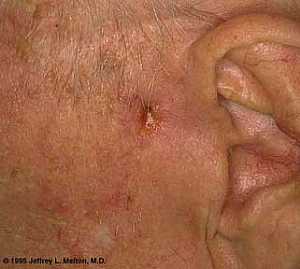 Basal Cell Carcinoma ("Rodent Ulcer" Type)
Basal Cell Carcinoma ("Rodent Ulcer" Type)
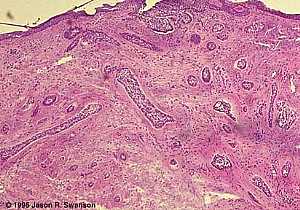 Basal Cell Carcinoma (Histology-Morpheaform Type)
Basal Cell Carcinoma (Histology-Morpheaform Type)
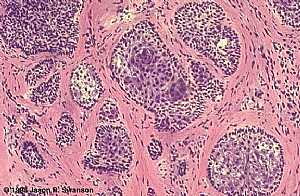 Basal Cell Carcinoma (Histology-Nodular Type - High power)
Basal Cell Carcinoma (Histology-Nodular Type - High power)
 Basal Cell Carcinoma (Histology-Nodular Type- High power)
Basal Cell Carcinoma (Histology-Nodular Type- High power)
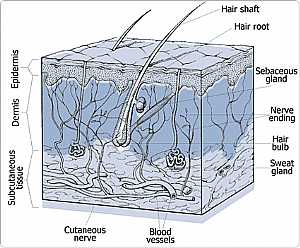 Skin
Skin
 Nervous System -- Basic
Nervous System -- Basic
 Brain anatomy
Brain anatomy
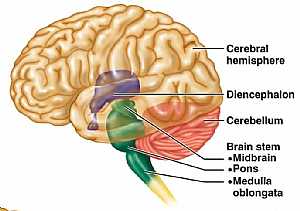 Brain anatomy
Brain anatomy
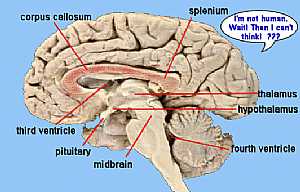 Brain anatomy
Brain anatomy
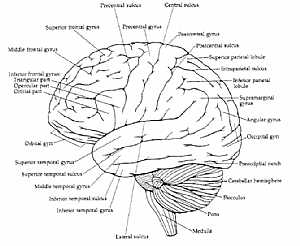 Brain anatomy
Brain anatomy
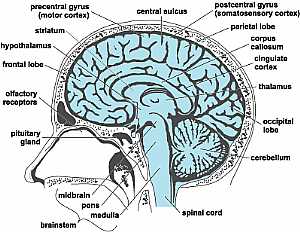 Head anatomy
Head anatomy
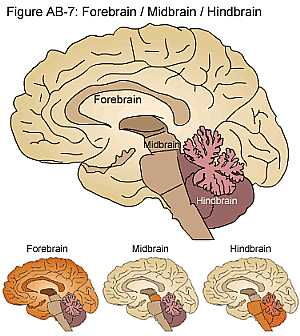 Brain anatomy
Brain anatomy
© Copyright 2001-2022 eDoctorOnline.com

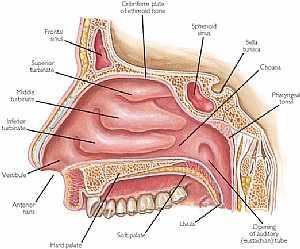 Nose anatomy
Nose anatomy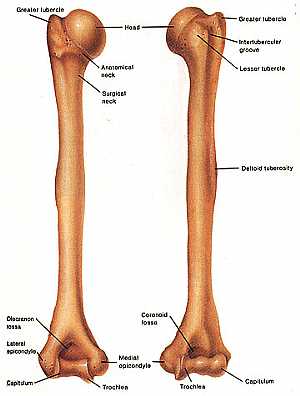 Humerus bone
Humerus bone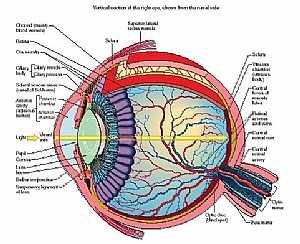 Eye anatomy
Eye anatomy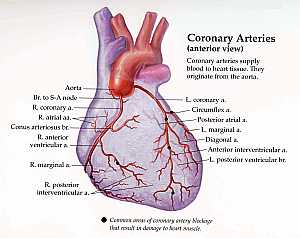 Coronary arteries anatomy
Coronary arteries anatomy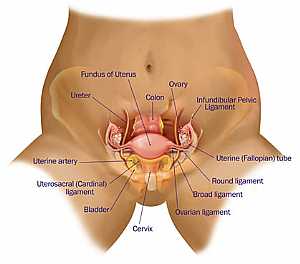 Female pelvic anatomy
Female pelvic anatomy Heart and lung anatomy
Heart and lung anatomy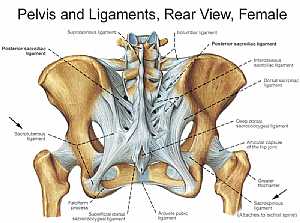 Bones and ligaments of the FEMALE Pelvis
Bones and ligaments of the FEMALE Pelvis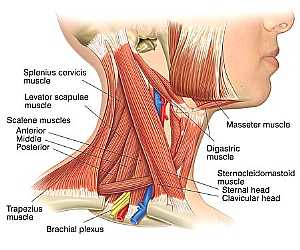 Neck Anatomy
Neck Anatomy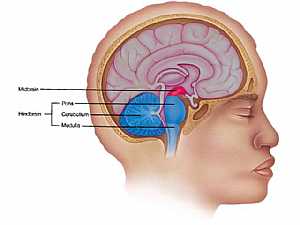 MidBrain anatomy
MidBrain anatomy Oral Cavity
Oral Cavity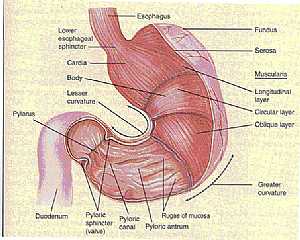 Stomach anatomy
Stomach anatomy Lung anatomy
Lung anatomy Basal Cell Carcinoma ("Rodent Ulcer" Type)
Basal Cell Carcinoma ("Rodent Ulcer" Type) Basal Cell Carcinoma (Histology-Morpheaform Type)
Basal Cell Carcinoma (Histology-Morpheaform Type) Basal Cell Carcinoma (Histology-Nodular Type - High power)
Basal Cell Carcinoma (Histology-Nodular Type - High power) Basal Cell Carcinoma (Histology-Nodular Type- High power)
Basal Cell Carcinoma (Histology-Nodular Type- High power) Skin
Skin Nervous System -- Basic
Nervous System -- Basic Brain anatomy
Brain anatomy Brain anatomy
Brain anatomy Brain anatomy
Brain anatomy Brain anatomy
Brain anatomy Head anatomy
Head anatomy Brain anatomy
Brain anatomy
Be the first one to comment on this article!